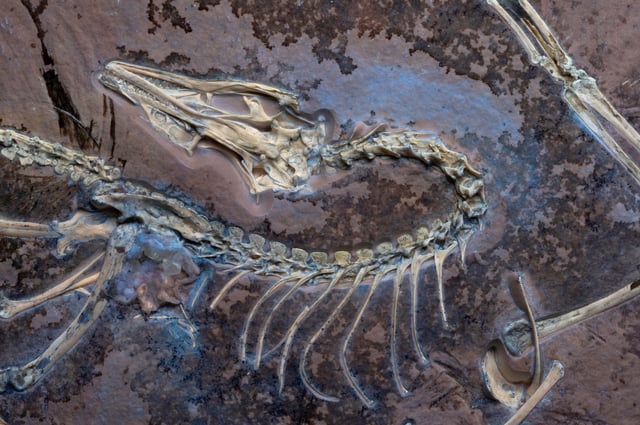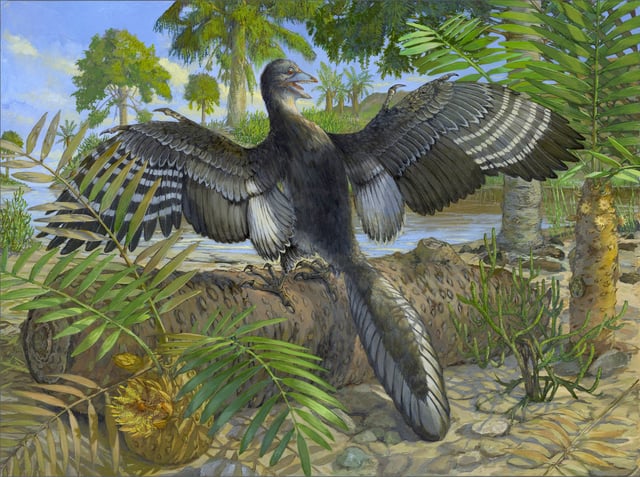Overview
- The Field Museum's Chicago Archaeopteryx, one of the best-preserved of 14 known specimens, was analyzed using CT scans and UV light to uncover unprecedented soft tissue and skeletal details.
- Researchers identified specialized tertial feathers on the wings, confirming that Archaeopteryx was capable of powered flight, unlike its non-avian dinosaur relatives.
- Soft tissues in the hands and feet suggest the bird primarily lived on the ground but could climb trees, offering new behavioral insights.
- The fossil's complete vertebral column revealed an additional tail vertebra, bringing the total to 24, and provided evidence of early cranial kinesis in the skull's evolution.
- The study, published in Nature, marks the beginning of further analyses of this fossil, which has been meticulously prepared over a year to preserve its exceptional details.

